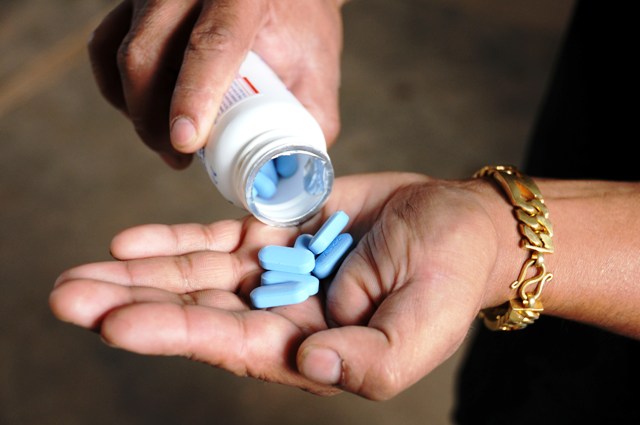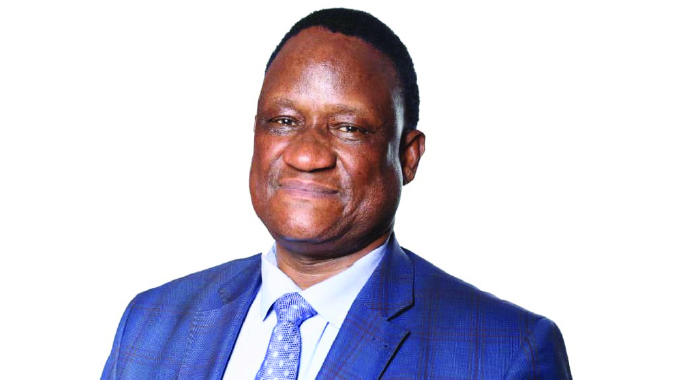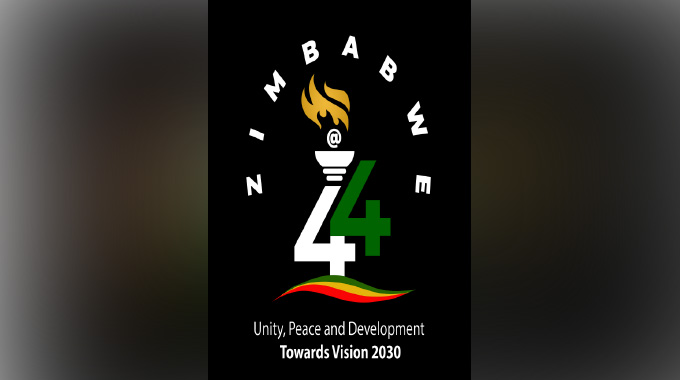EDITORIAL COMMENT: ARVs the only proven way to manage HIV/Aids

GIANT strides have been made in the fight against HIV/Aids with researchers and pharmaceutical companies working together to come up with better and more efficient treatment regimes. People living with HIV/Aids can now lead normal lives thanks to Anti-retroviral drugs that are readily available in Zimbabwe and other countries in sub-Saharan Africa where the disease is most prevalent. HIV/Aids is no longer a death sentence with people diagnosed with the condition guaranteed to live well into their twilight years provided they stick to their treatment regimes and lead healthy lifestyles.
Despite a glut of information being disseminated by the Government and its various partners involved in the fight against the pandemic, some HIV-positive people are resorting to traditional medicine to manage the condition even though it has not been proven to be effective in treating HIV. Elsewhere on these pages, we report that about 80 percent of people living with HIV use traditional medicine to treat the disease in Zimbabwe.
Presenting a report on traditional medicine by the Parliamentary Portfolio Committee on Health, the Permanent Secretary in the Ministry of Health and Child Care, Dr Gerald Gwinji, bemoaned the fact that a lot of traditional practitioners are unregistered.
“About 52 percent of pregnant women admitted to using some traditional potions either to kill pain or to initiate labour or to make labour easier. Some people use traditional medicine for religious purposes, some use it as complementary therapy for what they are suffering from and some resort to it when conventional systems have failed,” Dr Gwinji.
According to WHO, traditional medicine is one of the primary sources of health care in the region and the ratio of traditional healers to population in Africa is 1:500 whereas the ratio of medical doctors to population is 1:40 000.
For millions of people in rural areas, native healers therefore remain their health providers.
“Traditional medical practitioners or herbalists largely remain unregistered and this is a gap that needs to be filled. We have faced constraints around facilitating the development of traditional medicine as a ministry and these are around issues of standardisation, consistency of the product safety and quality of the product,” said Dr Gwinji.
“Little knowledge exists on whether traditional medicine is effective and it still remains a mystery on whether biomedical medicine is better than indigenous traditional medicines with some people thinking our diseases need an indigenous solution,” said Dr Gwinji.
“Little knowledge is available because no research has been carried out on traditional medicine in Zimbabwe which to date does not have a National Traditional Medicine Research Institute that could be of more use to the country at large.”
He said some traditional medical practitioners keep their work as a secret for fear of losing their indigenous knowledge which can be taken up by established research institutes and they are left with nothing. Revelations that 80 percent of HIV+ people are using traditional medicine to manage the condition are worrying given the advances in medicine and treatment regimes. Zimbabwe is among African countries that have recorded a lot of progress towards eliminating HIV/Aids by 2030 and the use of traditional medicine might militate against all the hard work that is being put into the fight against the pandemic. The final results of the 2015 Zimbabwe Demographic and Health Survey (ZDHS) show that the HIV prevalence rate in the country declined from 18 percent to 14 percent over the past 10 years with the prevalence rate among both men and women aged between 15 and 49 decreasing.
The survey also showed that the prevalence increased with age and among women, peak HIV occurs in the 40-44 age group, while among men prevalence is highest in the 50-54 age group. Provincially, prevalence ranges from the lowest rate of 11% in Manicaland to the highest of 22% in Matabeleland South.
Matabeleland South was followed by Matabeleland North with 20,1% while Bulawayo stood at 18,7%. Mashonaland West had the second lowest prevalence with 12,9% followed by Mashonaland Central at 13,6%. Mashonaland East and Midlands had the same rate at 14%, while Masvingo province had 14,9%.
Harare province held sixth position with a prevalence rate of 14,2%.
The survey also showed that there was a 50% increase in testing for both women and men while increased protective behaviours as seen in condom use among young men with multiple partners increased by a third. All these positive developments could be tampered by the use of untested traditional medicine and we urge people living with HIV/Aids to stick to ARVs and not default on their treatment. This is the only proven management for HIV-infection which has led to a reduction in HIV-related opportunistic infections and Aids-related deaths.









Comments